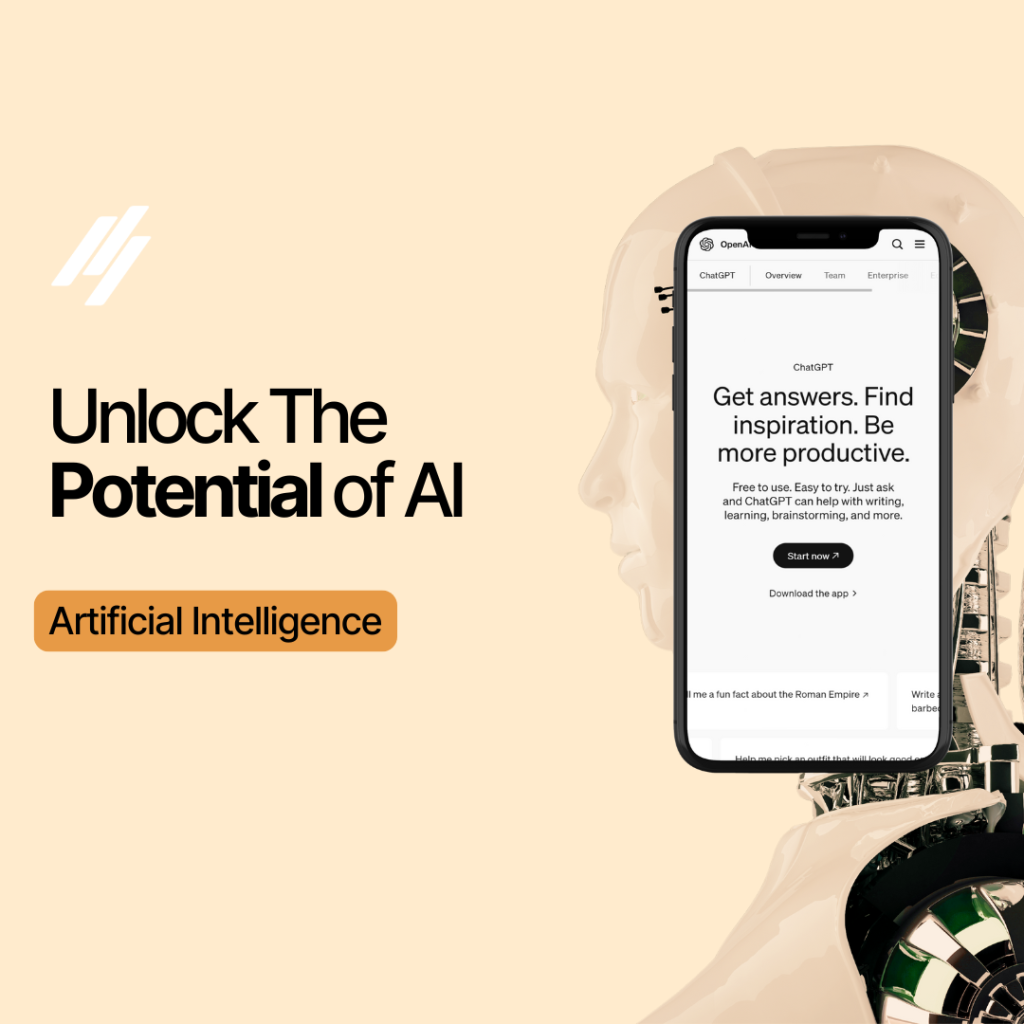
Artificial intelligence (AI) has completely changed how modern businesses approach eCommerce. With the ability to process vast amounts of data and keep up with trends, AI helps companies make informed decisions about how to improve their conversions. Conversion rate optimisation is no longer about guesswork—it’s about data-driven CRO insights. Imagine an online store using AI to analyse customer behaviour. It figures out why visitors bounce and helps brands optimise their websites based on patterns they discover. This enables brands to deliver a tailored experience, boost sales, and ultimately maximise revenue. AI can even predict what customers will want next, giving businesses a competitive edge in offering personalised offers and services. As Proof3’s years of e-commerce experience testify, the right use of AI can transform conversion rates without increasing the marketing budget—showing that investing in the right CRO strategy is key to success.
People love feeling special, and AI knows exactly how to pull that off. When customers visit an online store, they want to find what they’re after quickly and efficiently. AI tools can recommend products based on a logged history of visits, clicks, and even past purchases. Not only does this reduce the friction in the buying process—it increases customer satisfaction and retention.
Let’s say you’re shopping for trainers online. You spend a few minutes browsing, and exit the site, but when you return, the products you previously viewed are already waiting for you on the homepage. And when AI makes recommendations, it’s not just guesswork. It’s backed by data, considering other users’ behaviours with similar patterns. The potential for boosting sales becomes monumental.
We, here at Proof3, know that this type of personalisation helps online retailers not only stand out but also build stronger customer relationships. Personalisation is so essential that data-driven CRO research shows 80% of customers are more likely to shop with a business that offers a tailored online experience.
A smooth, frictionless user experience (UX) can be the difference between converting and losing a potential customer. Poor navigation, slow page loads, or clunky designs can turn off users in seconds. But how do you head off these problems? Simple: AI. AI-driven engines can easily detect where customers stop in their tracks. Maybe a checkout form is too long, or a page isn’t mobile-friendly. By analysing user behaviour, AI can offer solutions fast. Elements that need change are flagged, and recommendations can help sales soar by improving UX quickly.
You’re familiar with A/B testing—multiple versions of a web page or ad are tested to see which performs better. But when AI gets involved, the results come faster and with greater accuracy. Instead of weeks or months of painful manual testing, AI can analyse patterns almost instantaneously. Let’s use an example. If you were testing two sets of product page layouts, you could introduce AI tools to scan for what elements are performing best. It’s not just about clicks but also about time spent looking at the page, interactions with elements on it, and much more. This results in fine-tuned versions of the page yielding higher conversions.
One of AI’s most powerful features is its ability to forecast future trends using current data. By understanding patterns in customer behaviours, AI can make well-grounded predictions about future sales—even demand surges around holidays or special campaigns. All of this empowers businesses to make better decisions ahead of time. Let’s paint a picture: You’re running an online clothing store, and AI recognises that every September, there’s a spike in jacket sales—regardless of the weather forecast. The smart tool suggests ramping up your jacket stock, ready for the inevitable rush. By following this recommendation, you both maximise future opportunities and avoid running out of inventory.
Dynamic pricing is all about adjusting prices in real time based on a range of factors like customer demand, competitor prices, and product availability. AI showcases its genius here through automation. Traditional pricing strategies may lag behind market trends, whereas AI-driven approaches uphold competitiveness and maximise profit margins.
Consider the success of major online giants—AI can update prices as frequently as the market shifts, ensuring maximum profitability. If a competitor lowers the price of a similar product by 10%, AI instantly adjusts your pricing to remain appealing but profitable. It’s almost like having a personal pricing assistant working 24/7.
Chatbots and AI-driven virtual assistants are no longer the clunky, frustrating robots they once were. Today, they provide quick, accurate answers, freeing up staff to focus on other areas. It’s like having a full-time customer service representative with limitless capabilities, working around the clock.
When integrated into eCommerce sites, chatbots can do much more—helping customers with product inquiries, and returns, or even guiding them through the checkout process. If a visitor gets stuck or confused, a chatbot can intervene and assist within seconds.
Customer segmentation is a must, but doing it effectively can be hard. AI makes this simpler by scouring through mountains of data to create highly refined customer groups based on behaviour, demographics, past purchases, and user personas. Once in place, you can deliver focused marketing campaigns that speak directly to their individual needs.
Picture this scenario: AI recognises that your 18-25-year-old user segment is only purchasing during flash sales, while your 30-40-year-olds are buying full-priced items. Armed with this knowledge, your marketing team can craft hyper-targeted messaging that connects beyond basic demographics and more about who they genuinely are.
